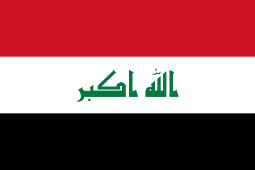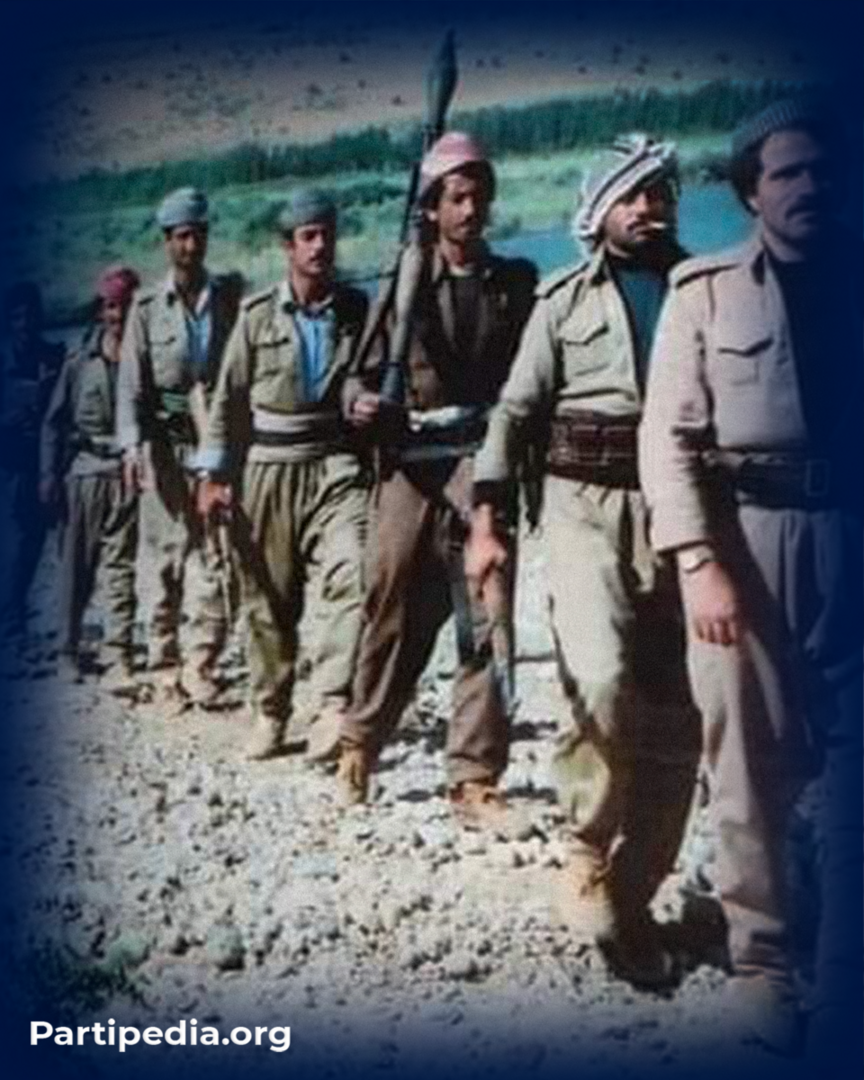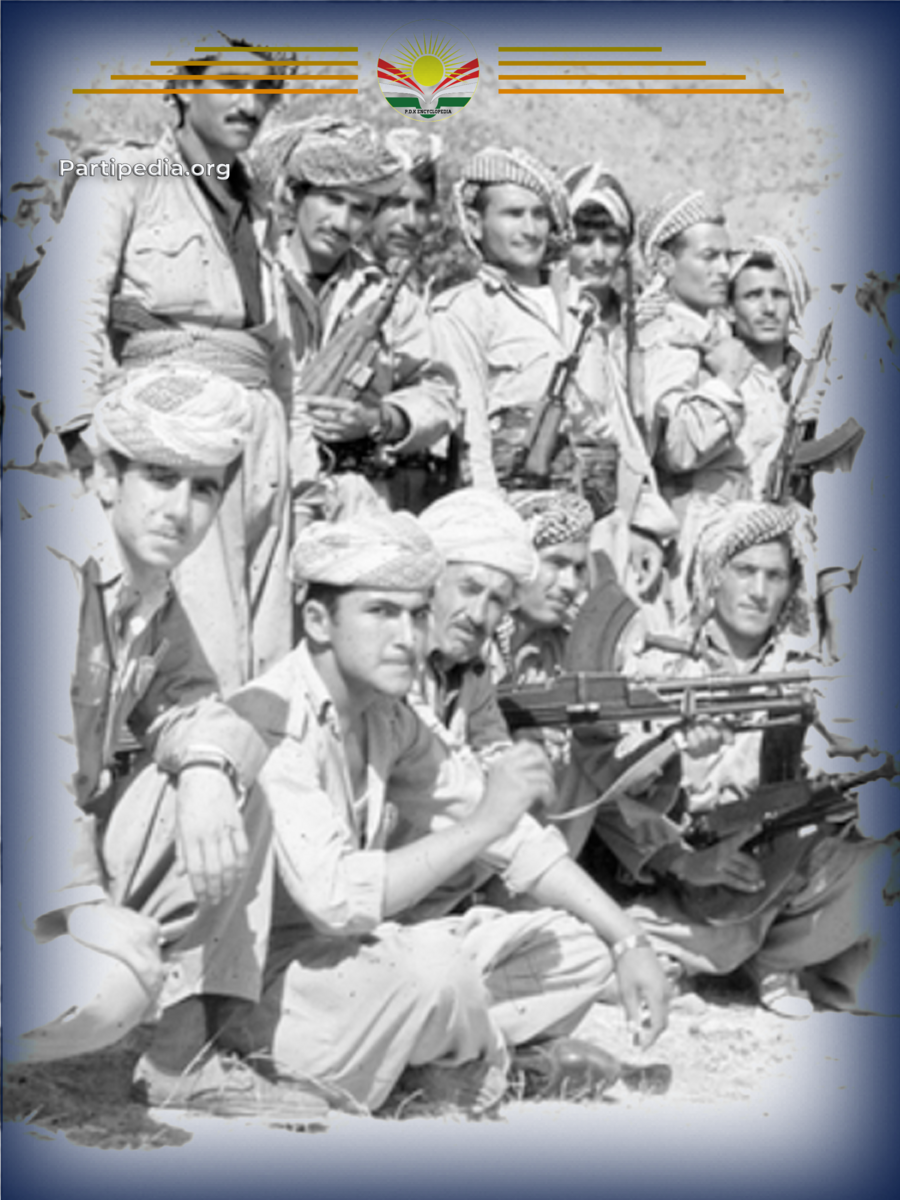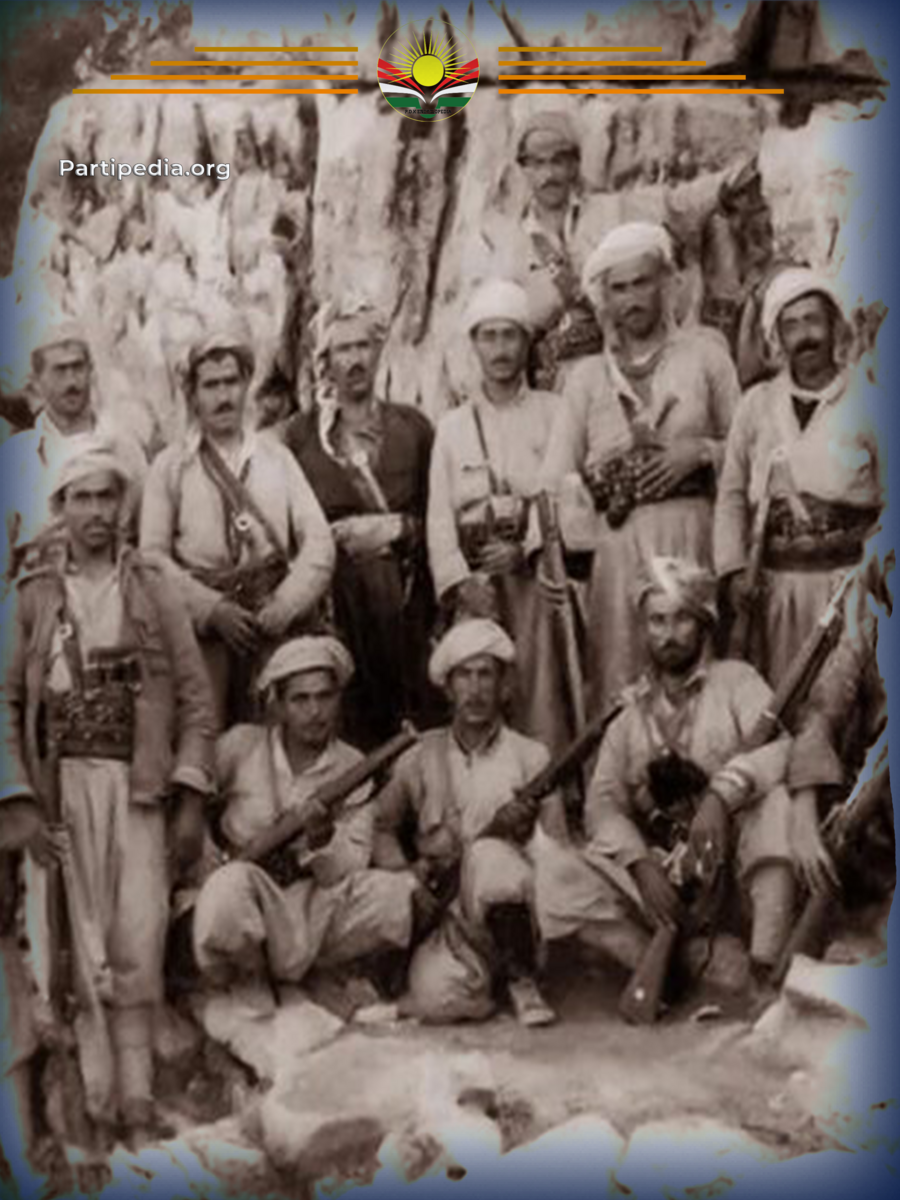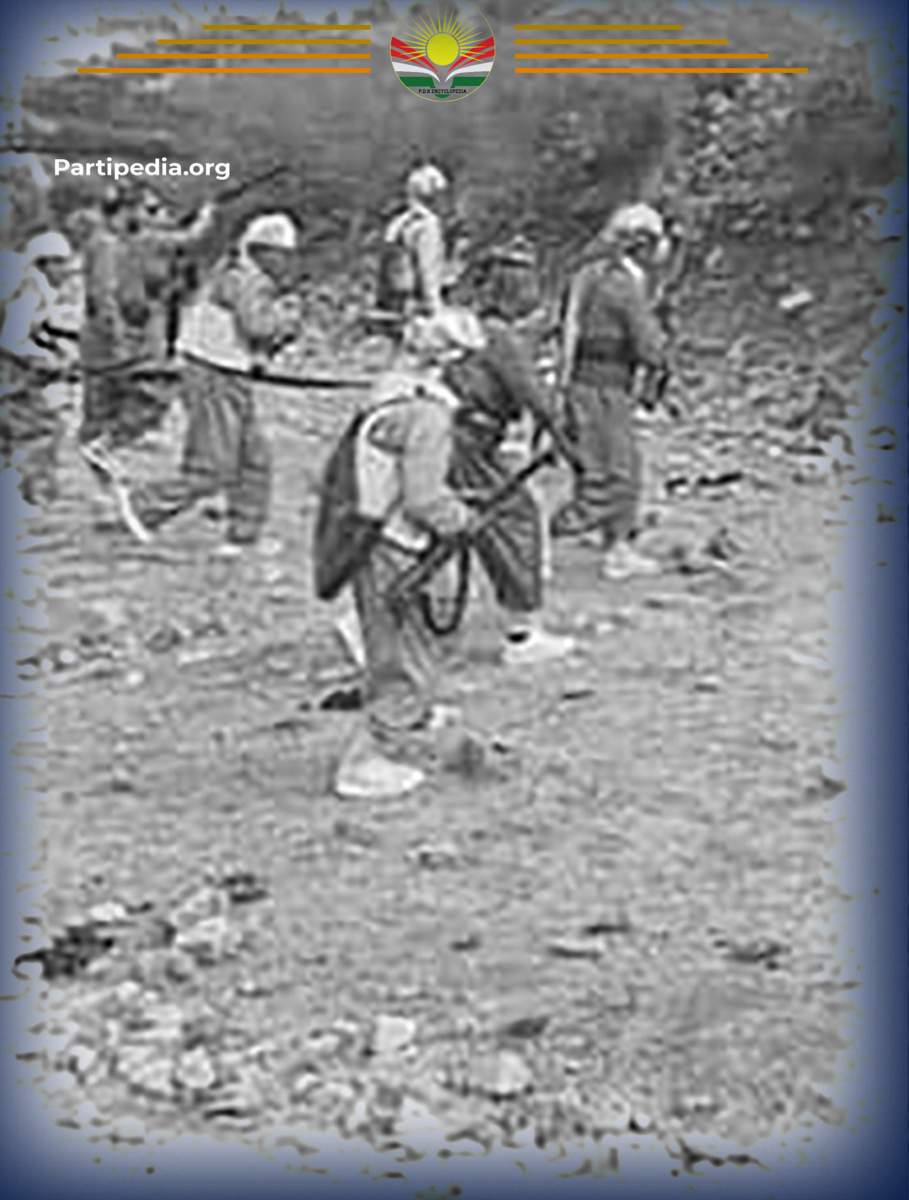After the collapse of the Aylul Revolution, the Ba'ath regime took extensive measures to suppress any possibility of its resurgence and to curtail the activities of the Peshmerga forces. Their strategy included deploying military forces across Kurdistan, arming Kurdish mercenaries loyal to the regime, conducting relentless searches for Peshmerga fighters, and employing various other repressive tactics. However, during the Gullan Revolution, the revolutionary leadership and Peshmerga forces adopted guerrilla warfare to counter these efforts and reignite the spirit of resistance.
The Peshmerga strategically targeted military and security bases of the Ba'ath regime. For specific objectives, they launched surprise attacks, achieved their goals within a planned timeframe, and retreated swiftly to avoid capture. These operations caused significant turmoil within the regime's military and security apparatus, disrupting its operations and morale. On numerous occasions, Peshmerga units would infiltrate deep into regime-controlled areas to identify suitable targets, plan meticulously, and execute successful attacks.
One such notable operation occurred in May 1985. The Ranjbaran Organization assembled a five-member Peshmerga team, led by Ismail Sevo, and dispatched them to the Mchulian area of Sarê Snatê to scout for a potential target. This mission was part of a broader strategy to organize Peshmerga forces into party-affiliated branches, regions, and units during the Gullan Revolution. After spending a day and a night gathering intelligence, the team identified the Iraqi army's headquarters in the area as a suitable target for a major operation.
Upon their return, the gathered intelligence was shared with Mohammed Murad, who led the subsequent planning phase. Preparations were meticulous, and after assembling the required resources, the team set out for their destination. Following 12 hours of covert movement through challenging terrain, they reached Sarê Snatê, successfully evading detection by the Ba'ath regime's military and intelligence agencies.
As night fell, the Peshmerga initiated their well-orchestrated operation. The first phase involved a team of skilled mine-clearance experts who defused and removed the mines surrounding the military base, creating a safe pathway for the approaching forces. This task took over an hour and was executed flawlessly. The second phase divided the Peshmerga forces into three groups, each assigned to attack the outpost from a different direction.
-
The first group, led by Mohammed Murad and comprising seven fighters, was tasked with attacking from the east.
-
The second group, under Ismail Sevo’s command with five members, targeted the upper section of the base.
-
The third group, led by Abdulkarim Farhan and consisting of seven fighters, advanced from the lower part.
Each group was equipped with small arms, a single RPG launcher, and five RPG rounds. By 11:30 p.m., all groups had reached their designated positions. The assault began with an RPG strike from the eastern wing, which demolished part of the outpost's defensive wall. This was followed by a coordinated attack from all three sides.
The battle was intense and lasted for half an hour, with the Peshmerga utilizing grenades and small arms to overcome the defenders. Despite the ferocity of the resistance, the Peshmerga successfully captured the outpost, eliminating several enemy soldiers. However, the operation was not without its costs; ten Peshmerga fighters sustained injuries during the clash.
Following their victory, the Peshmerga forces swiftly retreated to their base in Haftanine, where the wounded received medical attention provided by the Zakho Regional Committee. The operation yielded substantial gains, including the capture of an 82mm cannon, a 60mm cannon along with 20 boxes of ammunition, a BKC machine gun with five boxes of ammunition, seven Kalashnikov rifles with a significant supply of bullets, four RPG launchers with 15 rounds, a Tariq pistol, grenades, and various other military equipment.
This successful operation was not only a tactical victory but also a significant morale boost for the revolution, showcasing the Peshmerga's resilience and strategic prowess in the face of adversity.
Source:
1.kdp Encyclopedia Archive.

